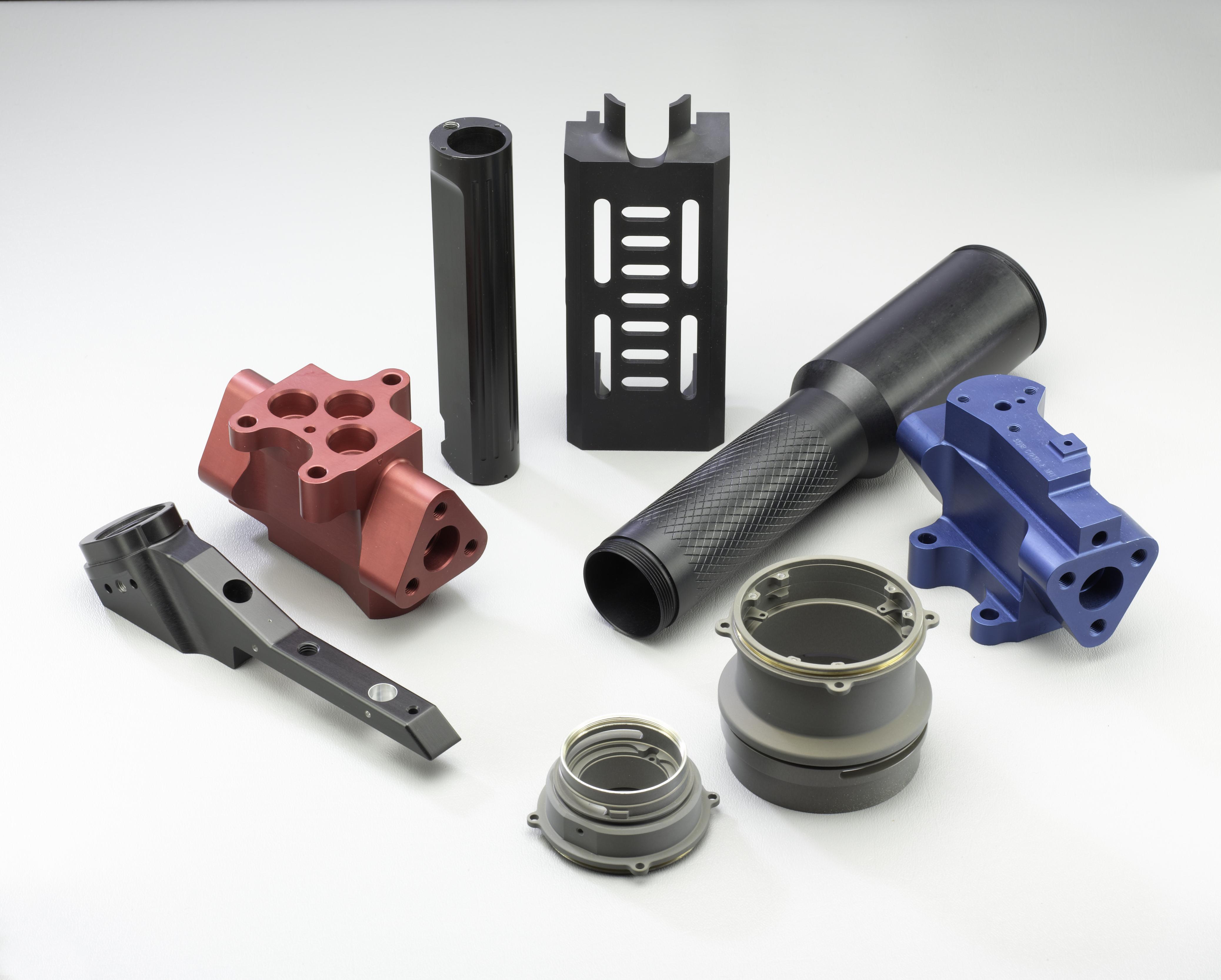
The simple answer is yes, but proceed with caution! First off, the component has to be an individual
part, disassembled from other parts. If there are any inserts, alignment pins, rivets or other non-
aluminum components, they have to be removed.
Anodizing will catastrophically dissolve any metallic feature that isn’t aluminum or titanium. Furthermore, parts have to be disassembled as the sulfuric acid anodize electrolyte will get into seams and cracks of assemblies which generally are not readily rinsed out.
This entrapped electrolyte will corrode the aluminum over time resulting in personnel exposure to
hazardous acid and eventual component failure. This is why the military specification for anodize, MIL-A-8625, states “anodic coatings shall not be applied to assemblies which will entrap the electrolyte in joints or recesses.
Keep in mind that all aluminum naturally oxidizes forming an aluminum oxide layer. While not as dense or protective as an actual oxide applied via anodize, this naturally occurring oxide must be removed (i.e. stripped) by immersion in deoxidizer or etching prior to anodizing. In this regard, whenever we’re anodizing we’re redoing nature’s pseudo-anodize.
Anodizing is an electrochemical process requiring electrical current flow and any previous applied anodic layer is non-conductive. In order to re-anodize the previously applied anodize must be stripped or removed. Stripping anodize is generally done in one of two ways: a caustic, alkaline etch or an acidic mixture typically of chromic and phosphoric acid. Caustic stripping is fast, especially if heated, however caustic strips can’t differentiate between the oxide and the raw aluminum. Extreme care must be used with caustic strips so as to remove only the anodize and not too much of the actual part itself. The acidic strips are essentially accelerated deoxidizers and only remove the oxide layer, thus, are much safer in this regard.
As you may recall, anodize is a conversion coating in which aluminum from the part is oxidized to form aluminum oxide. When an anodized part is stripped regardless if it’s a caustic or acidic strip, the
aluminum which was previously converted to form the oxide is lost and not recoverable. In essence, a stripped part shrinks, which depending on the type of anodize and the part’s dimensional tolerances, can be catastrophic. For Type I chromic anodize, the loss will be on the order of 50 millionths of an inch.
For Type II sulfuric anodize it can vary from 100 to 400 millionths of an inch. For hardcoat Type III
anodize, it can be upwards of one thousandth of an inch. In the case of hardcoat anodize, due to
inevitable loss of dimensions, it is seldom advisable to strip and redo this thicker anodize. One way to avoid this loss of dimensions is to mask threaded holes or tightly tolerance features. Most anodizers have various plugs, tapes and paints that can be used to mask critical surfaces where dimensions must be held.
In addition to loss of dimensions, there are surface finish considerations. It is generally accepted that
when parts are anodized, there is an increase in surface finish (i.e. roughness). A general rule of thumb for hardcoat anodize is that it doubles. If you require a 16-finish after anodize, parts much be no worse than an 8-finish prior to anodize. When anodize parts are stripped, they will definitely be rougher upon re-anodizing. This is typically accompanied with a loss in luster and redone parts may appear cloudy or murky.
Stripping and re-doing anodize is always a tricky proposition. If any anodized parts at Anoplate must be redone for whatever reason, a Stripping Authorization form must be completed and approved by
engineering or quality. Even for specialists that deal with anodizing on a daily basis, caution is needed!
--
anodizing process, mil-a-8625, Caution in anodizing, anodize types, surface finish chart, surface finish, re-anodizing, Anoplate













